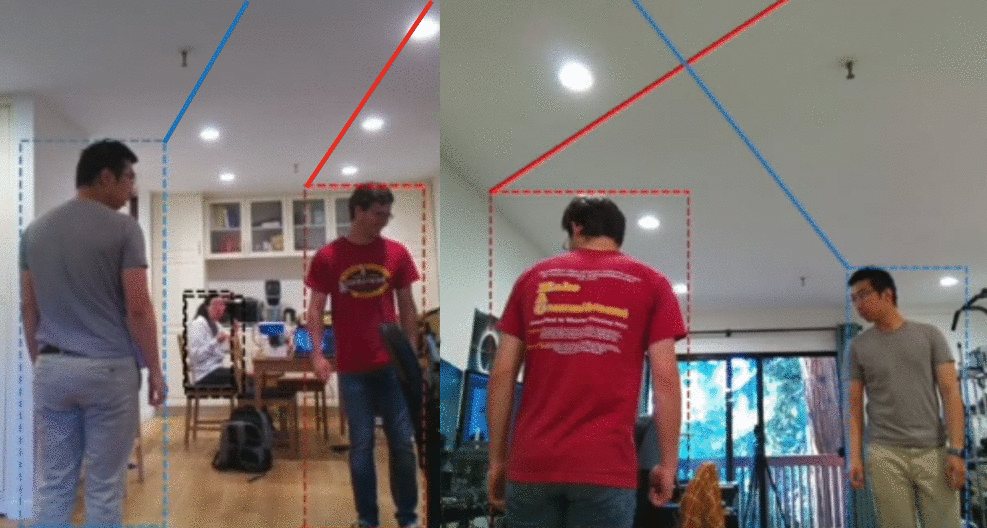Problem space
Traditional re-identification systems lean on heavy central servers and latency-prone data collection. Our goal was to push inference out to the edge so multiple cameras could collaborate without oversaturating the network.
Approach
- Built a PyTorch pipeline with EfficientNet-based embeddings and distilled the model for Jetson devices using TensorRT.
- Coordinated devices via Kubernetes with GitOps tooling so every camera had a reproducible config and secure updates.
- Quantized models to fit edge constraints while keeping accuracy high enough for crowded scenes.
Outcome
The deployment handled multi-camera handoffs smoothly, and the GitOps flow meant rolling out new model weights was as simple as merging a PR. The academic write-up covers the full evaluation if you want a deep dive.

Edge-first architecture
EfficientNet-based embeddings run on NVIDIA Jetsons with TensorRT, pushing inference to the edge so cameras coordinate without saturating the network.
GitOps delivery
Kustomize overlays and Argo CD keep every camera node in sync. Updating an on-device model is as simple as merging a PR.